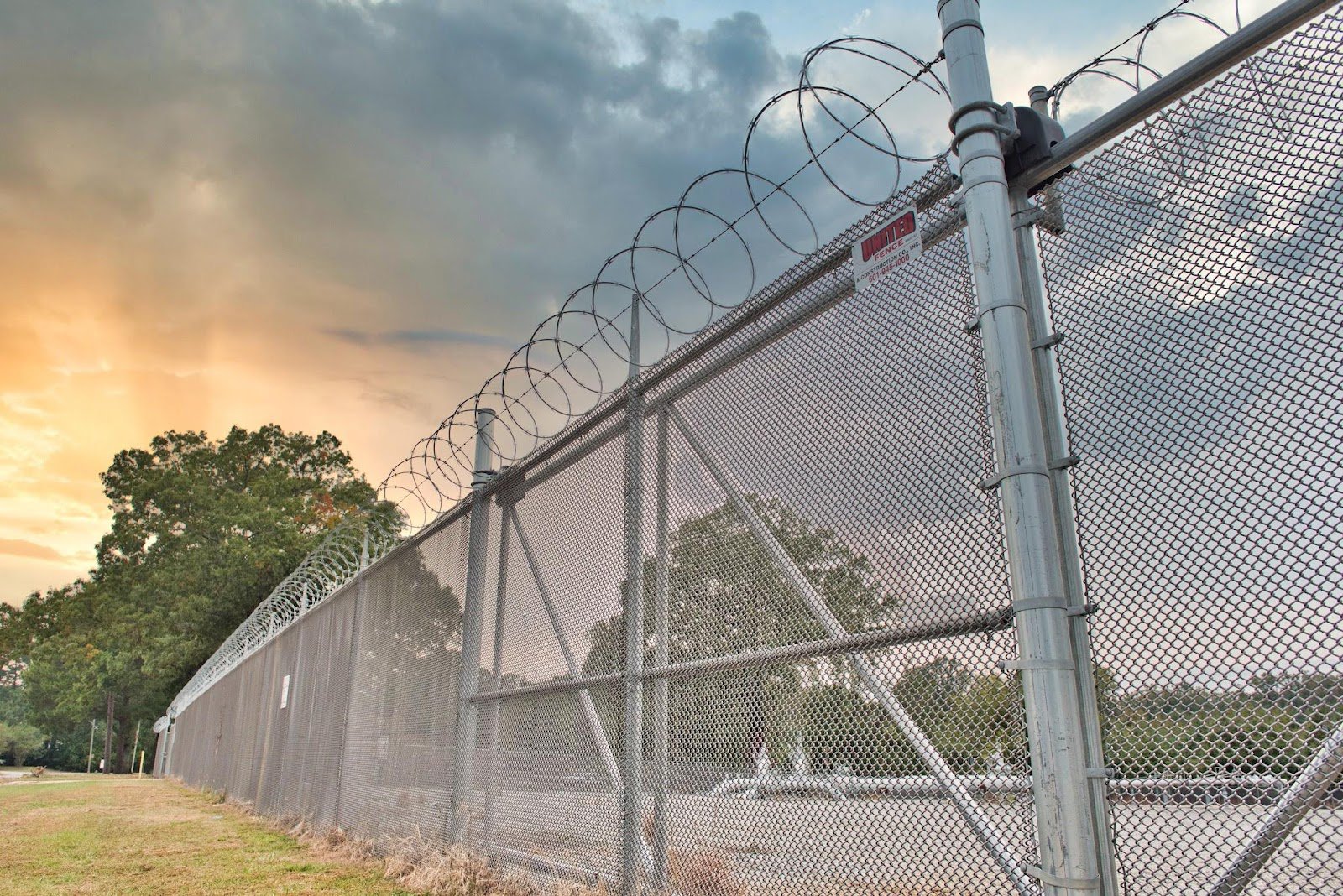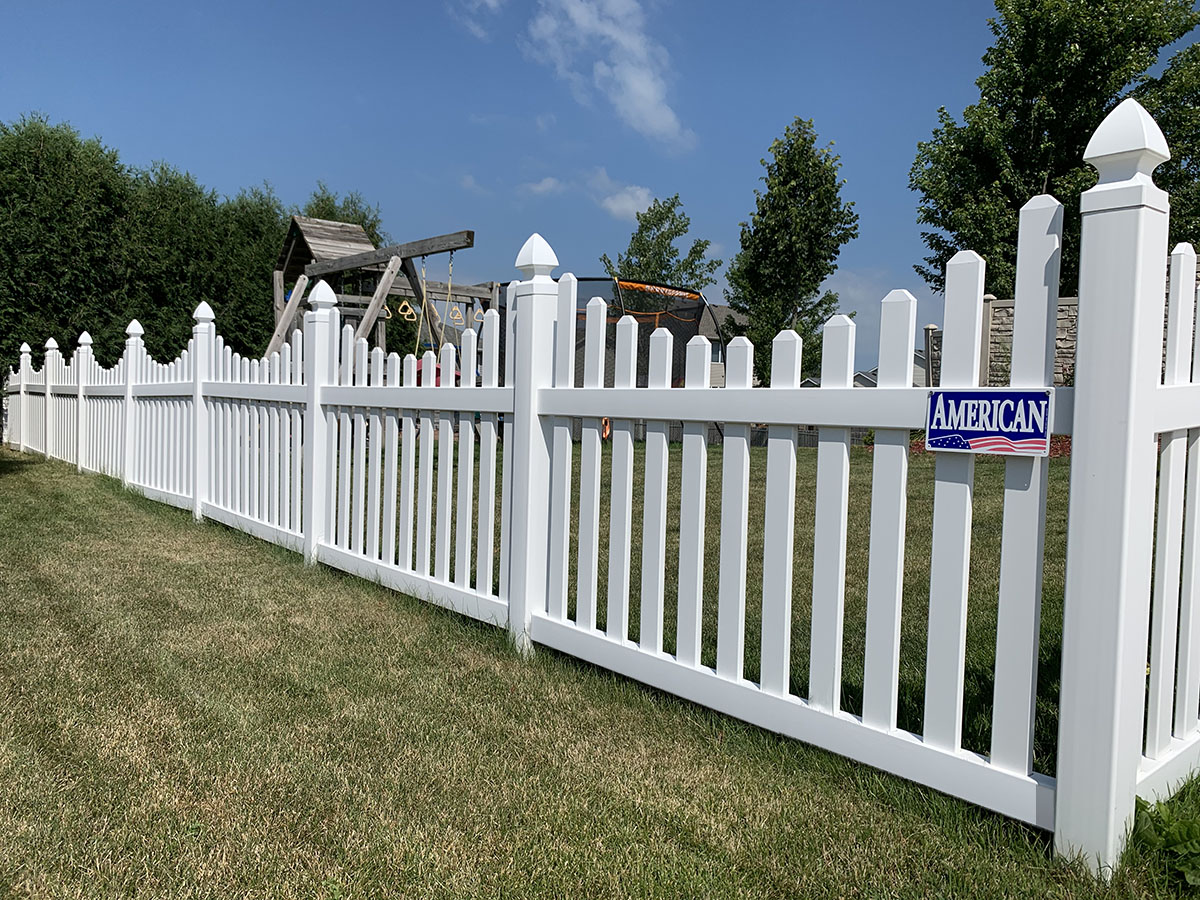All Categories
Featured
The success of your fencing installment depends largely on exactly how well you prepare your property before the installation starts. Below are some vital steps to follow when preparing your property for a fence installation.
![]()
In addition, it is very important to locate any kind of below ground utilities, such as water lines, gas pipelines, or electrical wires. Get in touch with your regional utility firm to note the locations of these below ground systems to stop any type of damage during digging.
![]()
![]()
Conclusion. Preparing your residential property for a fencing installment is a crucial action that can save you time, money, and frustrations during the procedure. By investigating regional policies, determining residential or commercial property lines, removing the installation location, making sure accessibility for equipment, and finalizing your design, you can guarantee a smooth installment. Taking these basic actions will certainly assist you achieve a lovely and durable fence that improves the privacy, security, and look of your residential or commercial property.

- Study Resident Rules and Permits. Before you start, make certain you check the local zoning legislations and obtain any necessary permits for your fencing installment. Many areas have details standards on fencing product, placement, and height, and you may need an authorization to continue.
- Recognize Building Boundaries. Recognizing the exact limits of your building is necessary to guarantee the fencing is mounted in the right area. If you do not have a clear understanding of where your property lines are, consider working with a professional land surveyor. This will help stop any advancements onto your next-door neighbor's land and avoid prospective conflicts. Be certain to check if your neighbors have any type of existing frameworks or fencings near the residential or commercial property line that might affect the installation process.
- Clear the Installation Area. When you've identified your residential or commercial property lines, you'll require to get rid of the setup area. Eliminate any kind of trees, shrubs, rocks, and debris that might block the fencing installment. This includes reducing any kind of disordered plants and trimming branches that might remain in the method. You might require to dismantle it prior to the installation team gets here if there is an existing fencing. Clearing the location ahead of time will not only accelerate the installation but will also lower any type of additional expenses connected with getting rid of challenges.
In addition, it is very important to locate any kind of below ground utilities, such as water lines, gas pipelines, or electrical wires. Get in touch with your regional utility firm to note the locations of these below ground systems to stop any type of damage during digging.
- Strategy for Access to Your Property. Throughout the installment procedure, your professional may require hefty devices to dig holes and relocate materials. Make sure that there is simple accessibility to your residential property for installment trucks and machinery. Inform your service provider in advance so they can plan their method accordingly if you have a slim driveway or limited gain access to. This might involve relocating automobiles, rearranging landscaping, or momentarily eliminating challenges in the way.

- Discuss Your Fencing Design with Your Service provider. Prior to installation starts, you'll need to finalize the style and materials for your fence. Whether you choose wood, plastic, chain-link, or another product, it is very important to interact your choices to the contractor. Go over the fencing's purpose, such as whether you're seeking safety, decor, or privacy. This will certainly influence the kind of products and design that work best for your building. Your professional will certainly likewise help you select the ideal elevation and style based on your needs.
- Talk to Your Neighbors. If your fencing will certainly be mounted along a shared building line, it's a good idea to notify your neighbors beforehand. Having an open conversation can help prevent misconceptions and prospective conflicts. You can discuss the kind of fencing you intend to install, the setup timetable, and any concerns they may have. While you may not require approval from your neighbors to set up a fence, being mindful can help keep a good connection with them.
- Prepare for Upkeep After Installment. Once your fencing is set up, there might be recurring upkeep tasks depending upon the material you have actually picked. As an example, wood fences might require to be tarnished or painted to secure against weathering, while plastic fencings usually require very little maintenance. It's also crucial to evaluate the fence regularly to look for any kind of damages or put on that may require repair services. Correct upkeep makes certain that your fencing continues to be in great condition for years to find.

Conclusion. Preparing your residential property for a fencing installment is a crucial action that can save you time, money, and frustrations during the procedure. By investigating regional policies, determining residential or commercial property lines, removing the installation location, making sure accessibility for equipment, and finalizing your design, you can guarantee a smooth installment. Taking these basic actions will certainly assist you achieve a lovely and durable fence that improves the privacy, security, and look of your residential or commercial property.
Latest Posts
Comprehensive Protection for Your Assurance
Published Apr 20, 25
1 min read
Customized Wealth Management with WyHy Federal Cooperative Credit Union
Published Apr 20, 25
1 min read
Enterprise Residents, Ensure Your Eye Health at Vision Center South Today
Published Apr 20, 25
2 min read
More
Latest Posts
Comprehensive Protection for Your Assurance
Published Apr 20, 25
1 min read
Customized Wealth Management with WyHy Federal Cooperative Credit Union
Published Apr 20, 25
1 min read
Enterprise Residents, Ensure Your Eye Health at Vision Center South Today
Published Apr 20, 25
2 min read